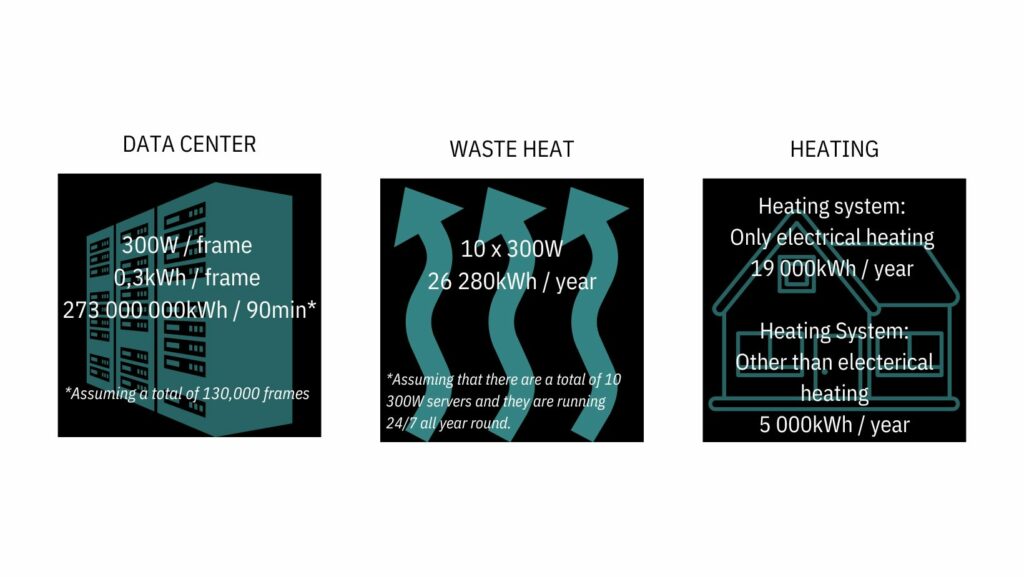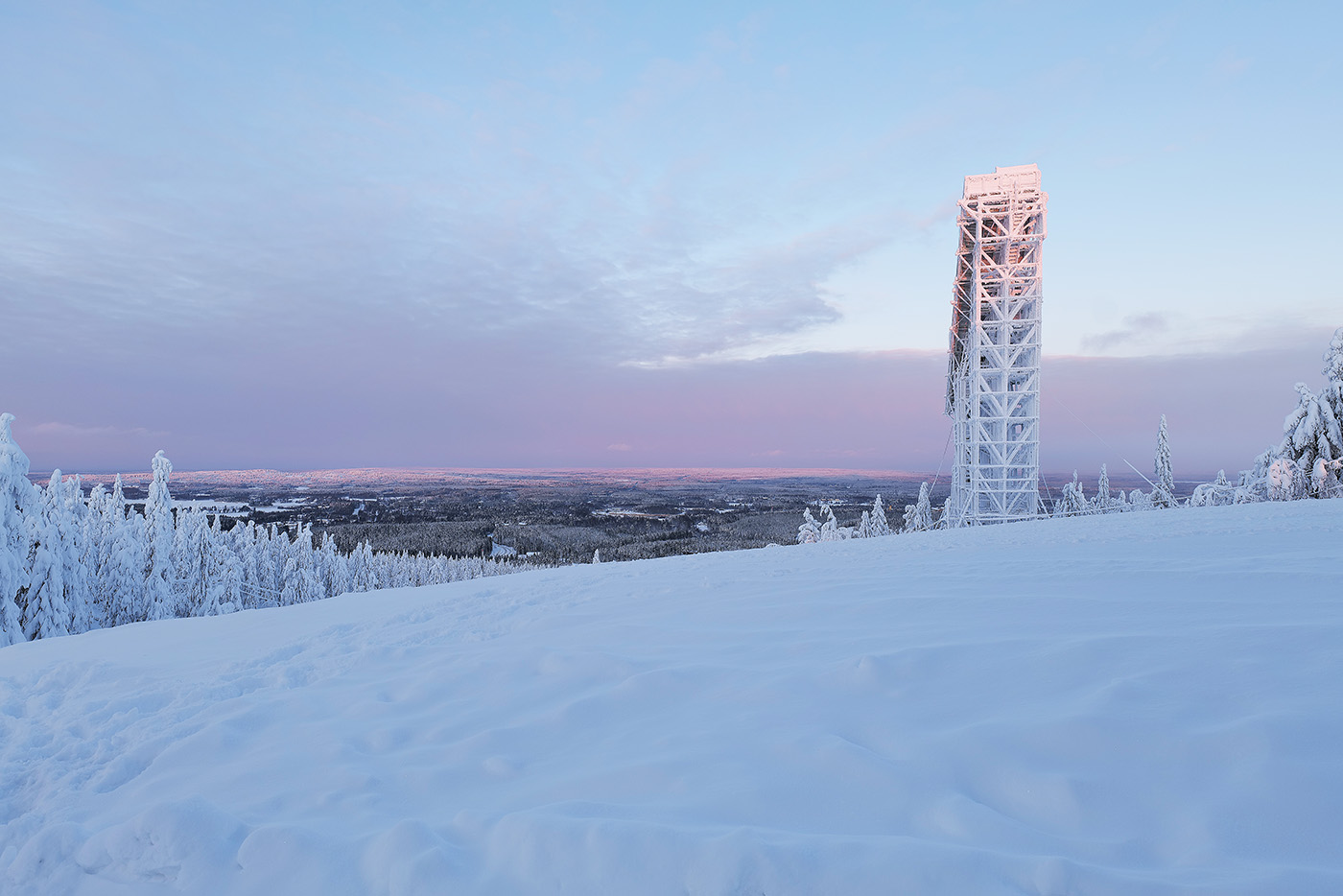
Rendel: Cycle of Revenge US rights has been acquired by Shout! Factory. A new trailer for the Finnish superhero film…



When pounds of paper, hundreds of pens, liters of ink and chemicals were gradually replaced by hardware, software, rendering facilities and servers, an efficient but climate-burdening way to create animations and special effects was achieved.

Mon Nov 7th, 2022, 10:59AM
Most of the time, big budget productions are filmed in several locations around the world. About 51% of the carbon dioxide emissions of film productions are usually related to traffic, of which the share of air traffic is about 30% and the share of road traffic is about 70%.
Reducing travel has understandably played a key role in reducing emissions from film production, but it does not completely solve the emission problem of film productions, rendering and post-production produce their own share of emissions.
According to BAFTA’s February 2016 report, the average animation production produced around 5.5 tonnes of CO2 emissions per hour. Most of the emissions are caused by the production office and post-production.
However, it should be noted that a 3D animated film from a major studio like Pixar, for example, leaves a comparatively larger carbon footprint than a television animation from any independent studio.
Virtual production, for example with the help of animation, reduces the emissions caused by traveling by removing the need to travel to several locations to film. Production companies offering animation services often present themselves as a cheaper and environmentally friendly alternative. However, the use of servers, which are necessary for animations, is unfortunately still far from carbon neutrality, and its solution is not transparent.
Consuming processes
If we assume that a 90-minute animated film has a total of 130,000 frames, each of which takes 3 hours to render with 270W equipment, the rendering of the film consumes approximately 100,000kWh of electricity in total. In practice, electricity consumption is often even more than the calculated estimate indicates.
Based on the example above, it can still be roughly estimated that the waste heat obtained from making a 90-minute animated film could provide hot water for up to 20,000 homes for a day.
Wired magazine reported in 2010 that Toy Story 3, for example, took an average of 7 hours to render per frame, while some frames in that film took more than 30 hours to render. On the other hand, the rendering of the most complex single frame in Toy Story 4 took more than 1200 hours.
If a 90-minute film consists of 130,000 individual frames, in an animated TV series that may have several seasons, the number of frames rises to several million. This is a huge amount of heat leaving data centers, if the heat generated from rendering is not collected.

Benefits of waste heat
In addition to the direct electricity consumption, the carbon footprint of the server center is affected by the water consumption used to cool the servers, as well as the lifespan of the equipment and its parts, which in turn affects the replacement frequency. Currently, many of the data centers do not utilize their waste heat generated from electricity consumption at all.
According to the International Data Corporation, between 2018 and 2020, more data was created globally than in all of human history before 2018. Most of this data was stored in huge, energy-intensive data centers.
However, with the help of various innovations, the heat produced by these servers can be used to heat homes and other premises, which makes data centers more climate-friendly and offers an alternative heating solution for buildings, especially in cold regions.
For example, in Sweden, a project called Stockholm Data Parks works in cooperation with political and industrial leaders. The goal is to use the waste heat produced by the city of Stockholm’s data centers to heat homes.
The Finnish start-up company Kuulea also operates on the same style principle, which also uses the waste heat from the servers of its customers, such as Kajawood Studios, for the heating needs of the property.
The possibilities and technologies for working for the benefit of the climate therefore exist. Brave companies and projects are needed, and of course the desire to invest in technology, thanks to which future generations will also have the opportunity to use server power in 3D design without burdening the environment.
Sources:
https://wearealbert.org/
https://stockholmdataparks.com/
https://www.usitc.gov/publications/332/executive_briefings/ebot_data_centers_around_the_world.pdf
https://www.creativebloq.com/news/mind-boggling.toy-story-4-facts

Rendel: Cycle of Revenge US rights has been acquired by Shout! Factory. A new trailer for the Finnish superhero film…

From 2022 to 2023, the film industry underwent a small improvement towards sustainability.

Finland's well-developed film industry infrastructure, including state-of-the-art studios and skilled professionals, makes it an attractive choice for productions of all…

AI is revolutionizing VFX, giving artists powerful tools to push the boundaries of creativity and efficiency. AI technology is advancing…